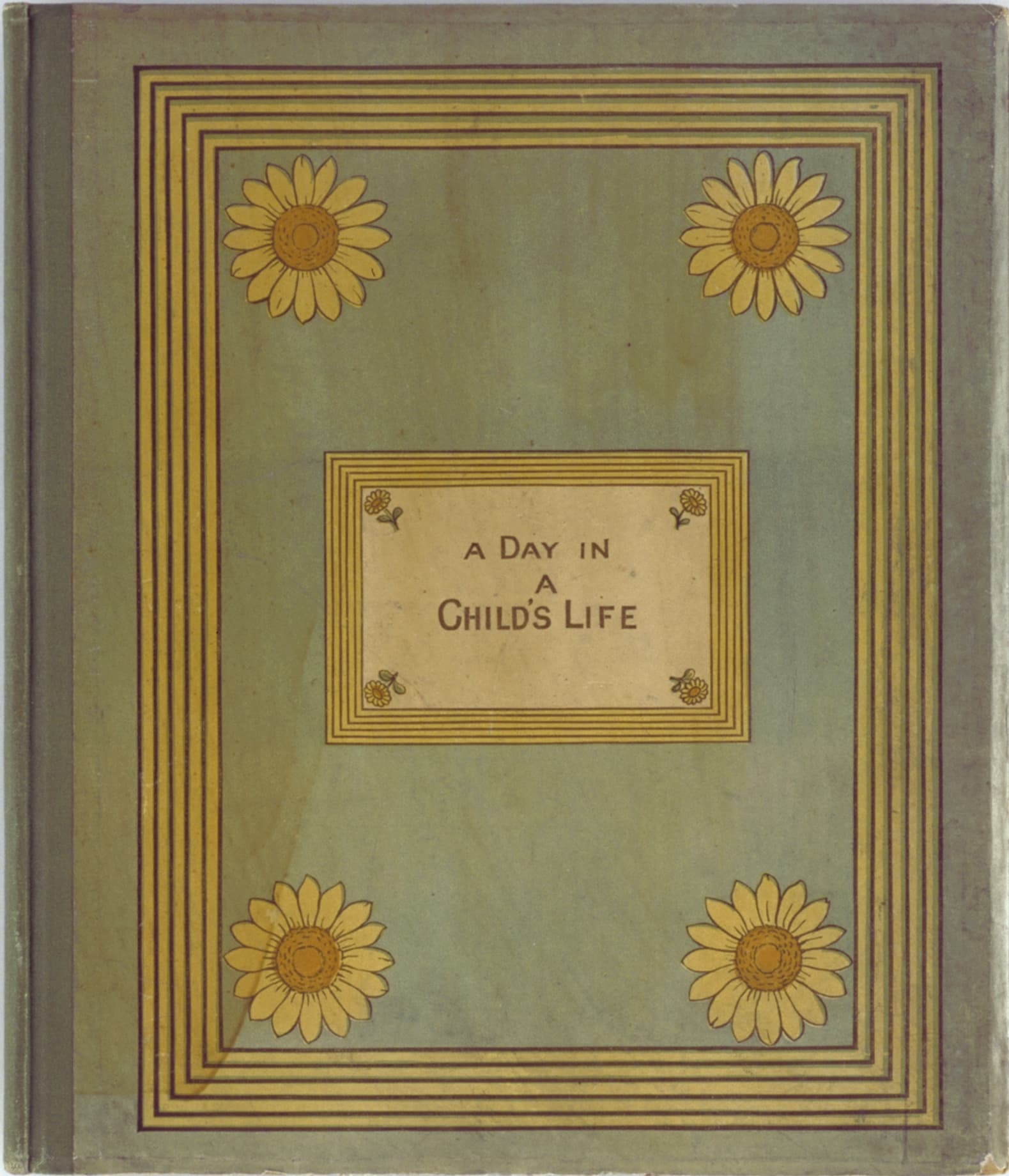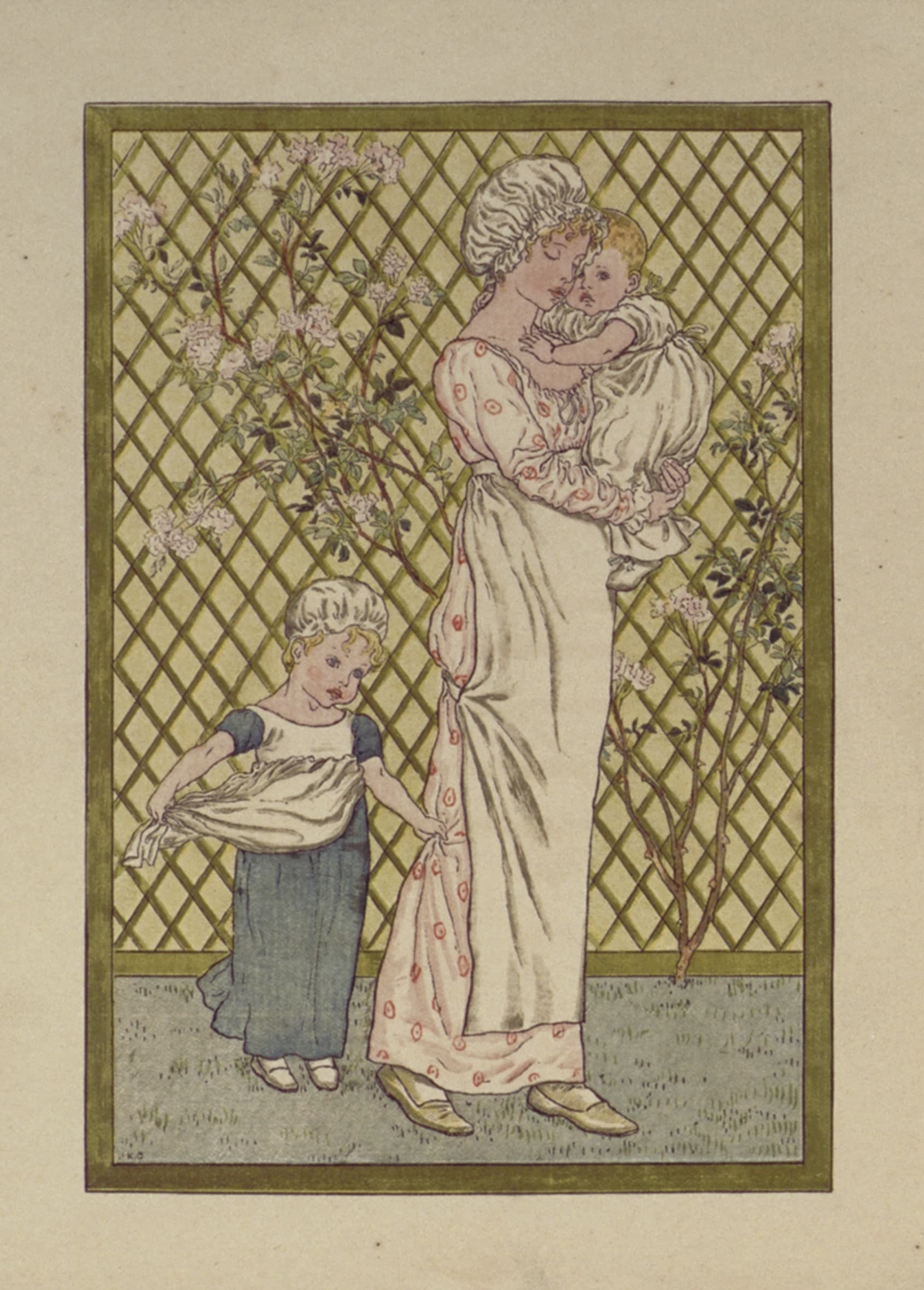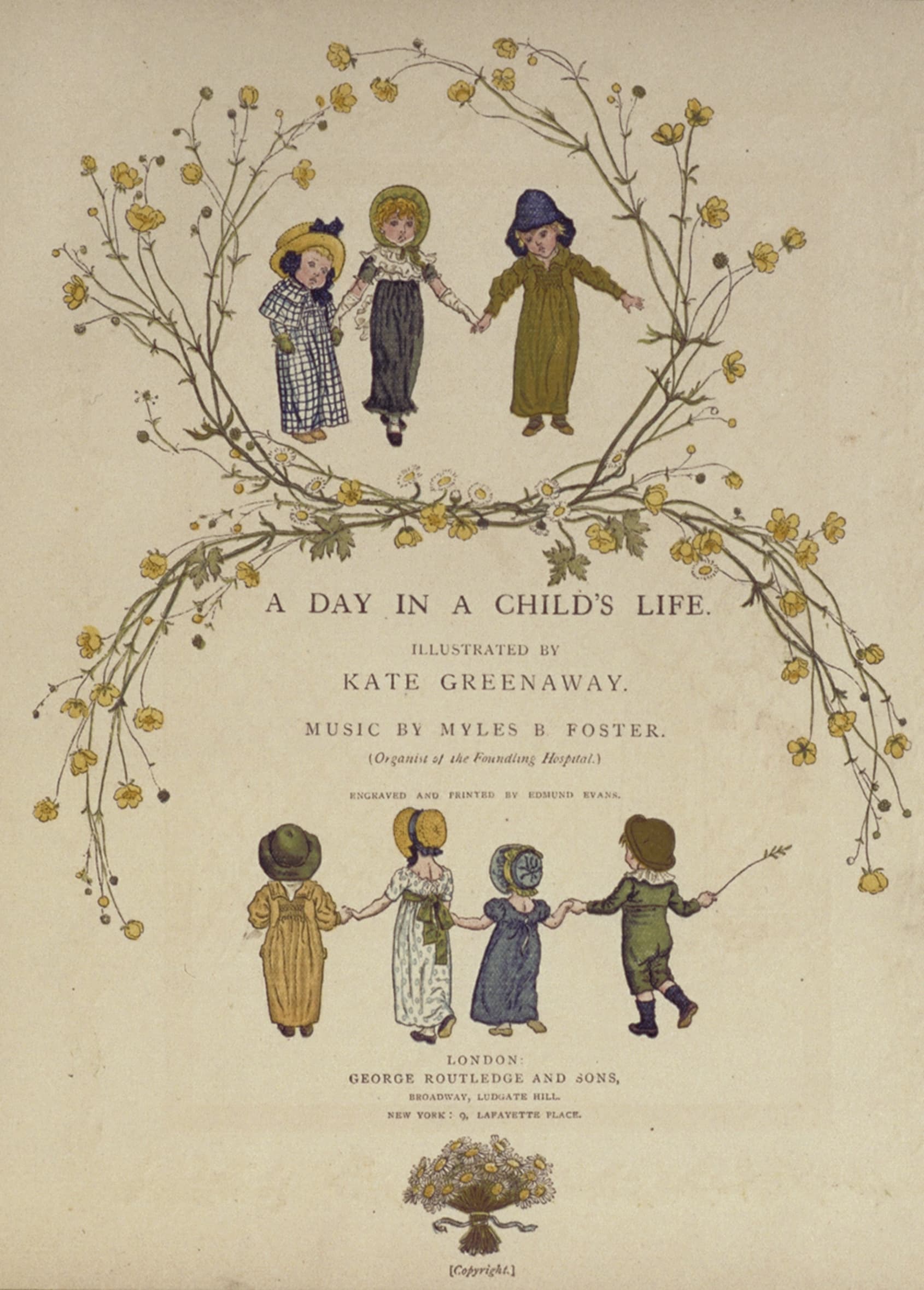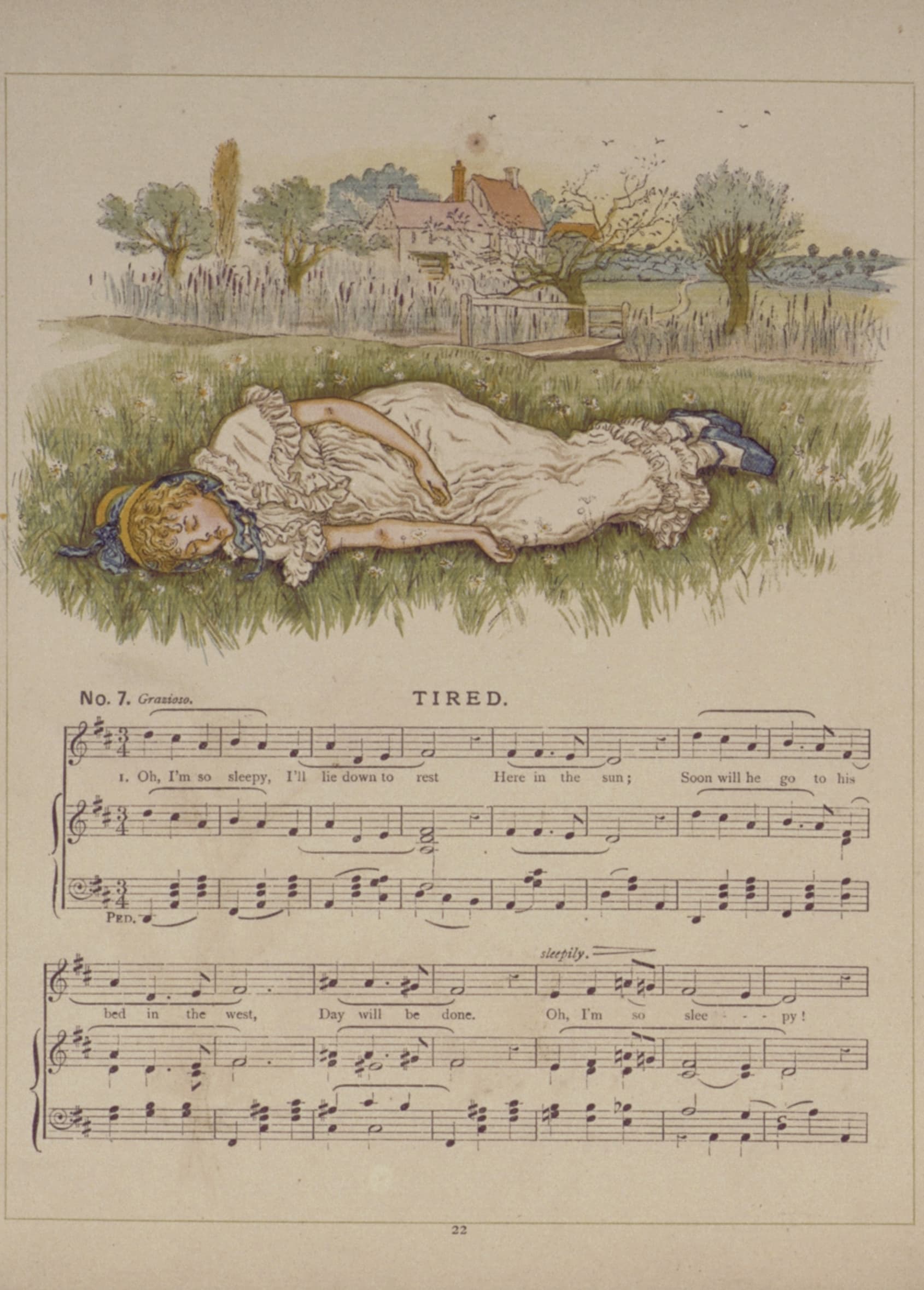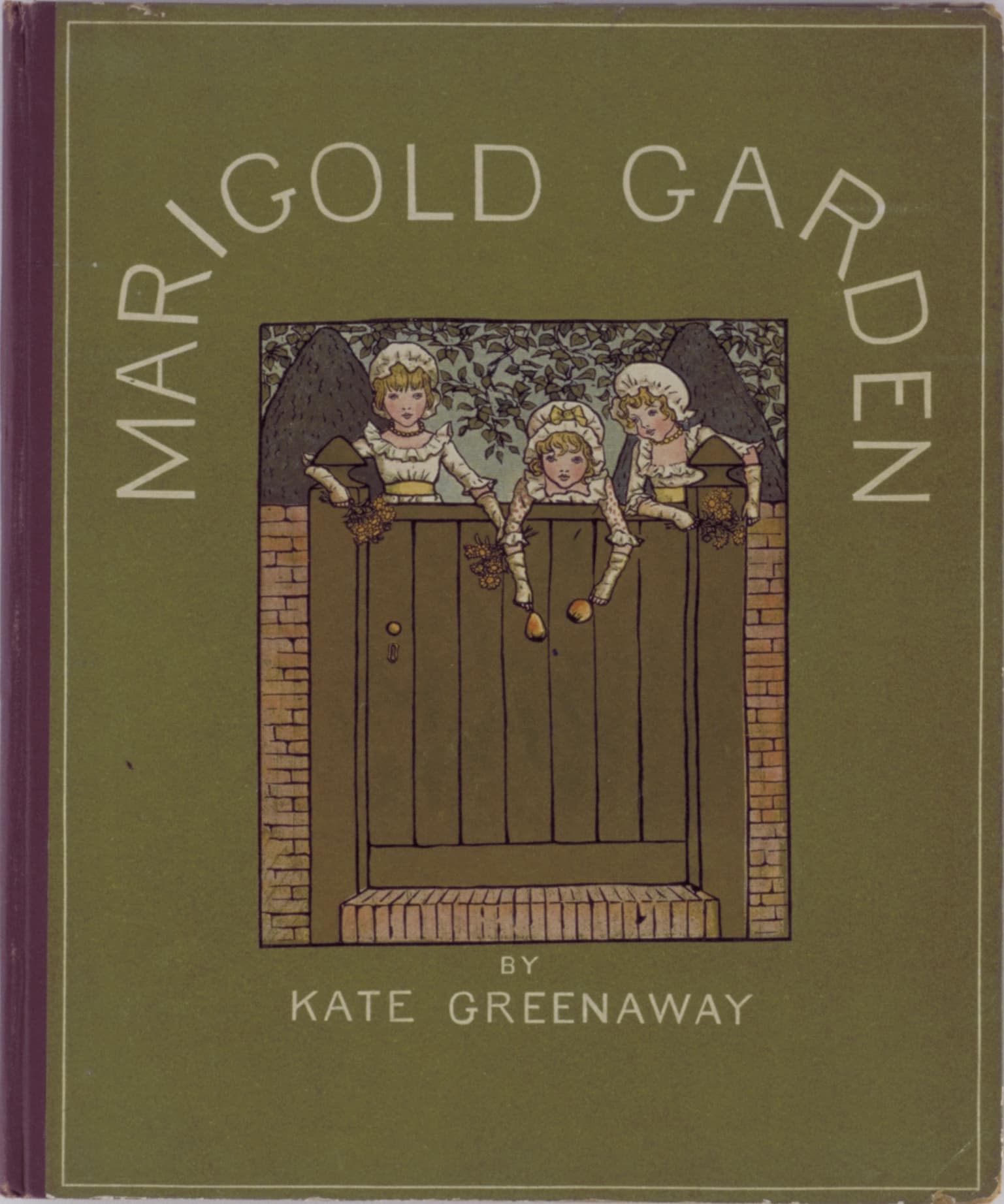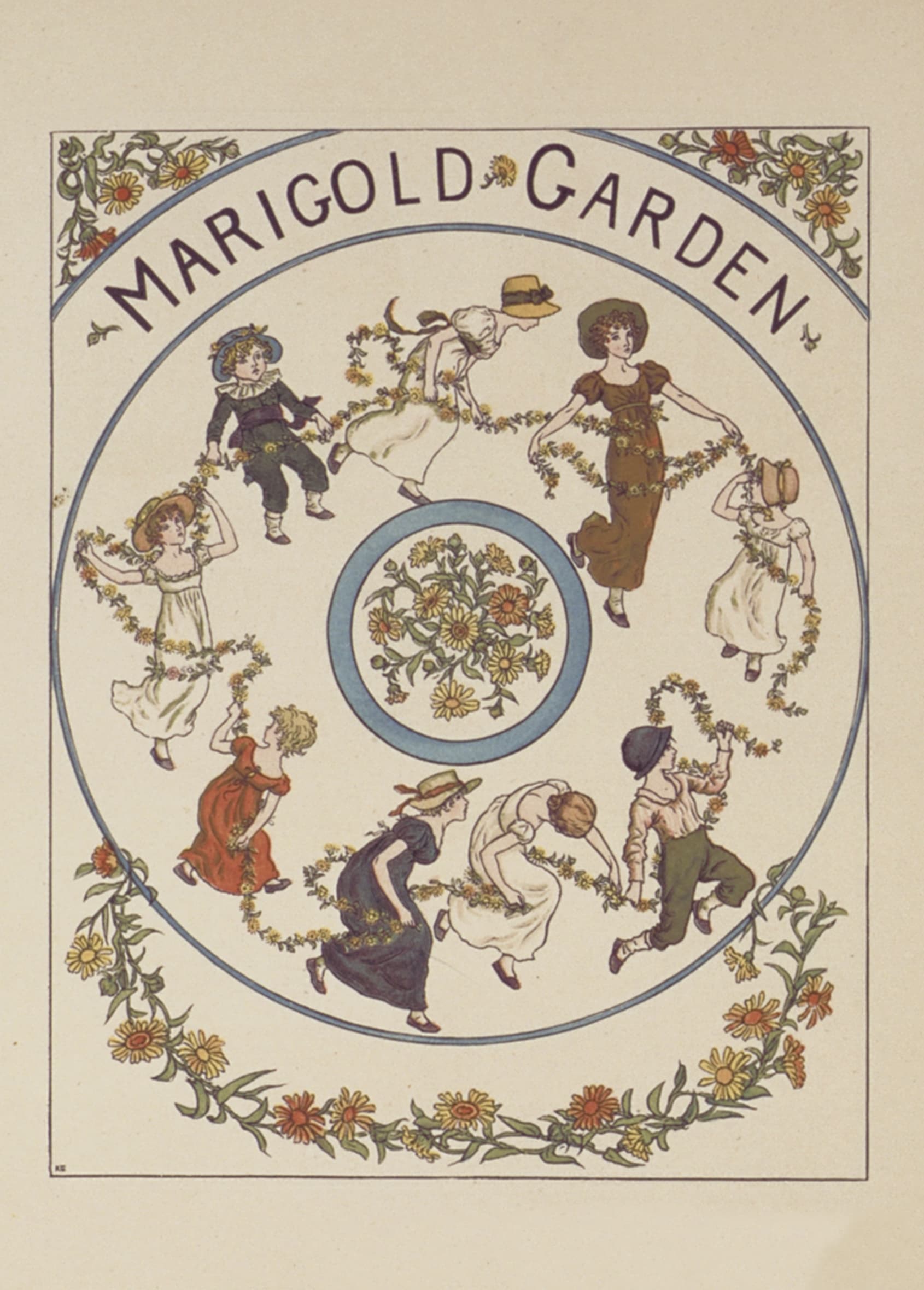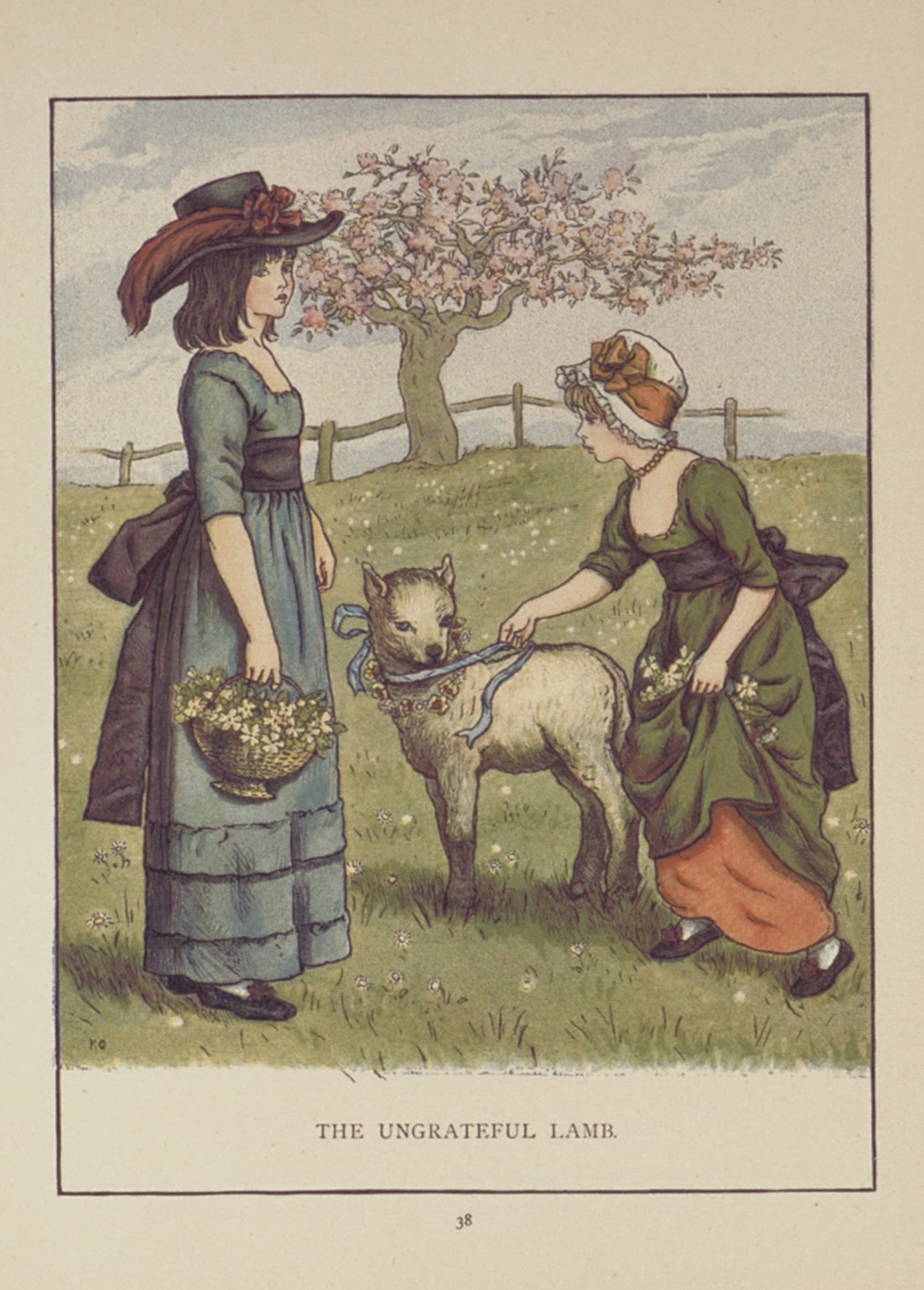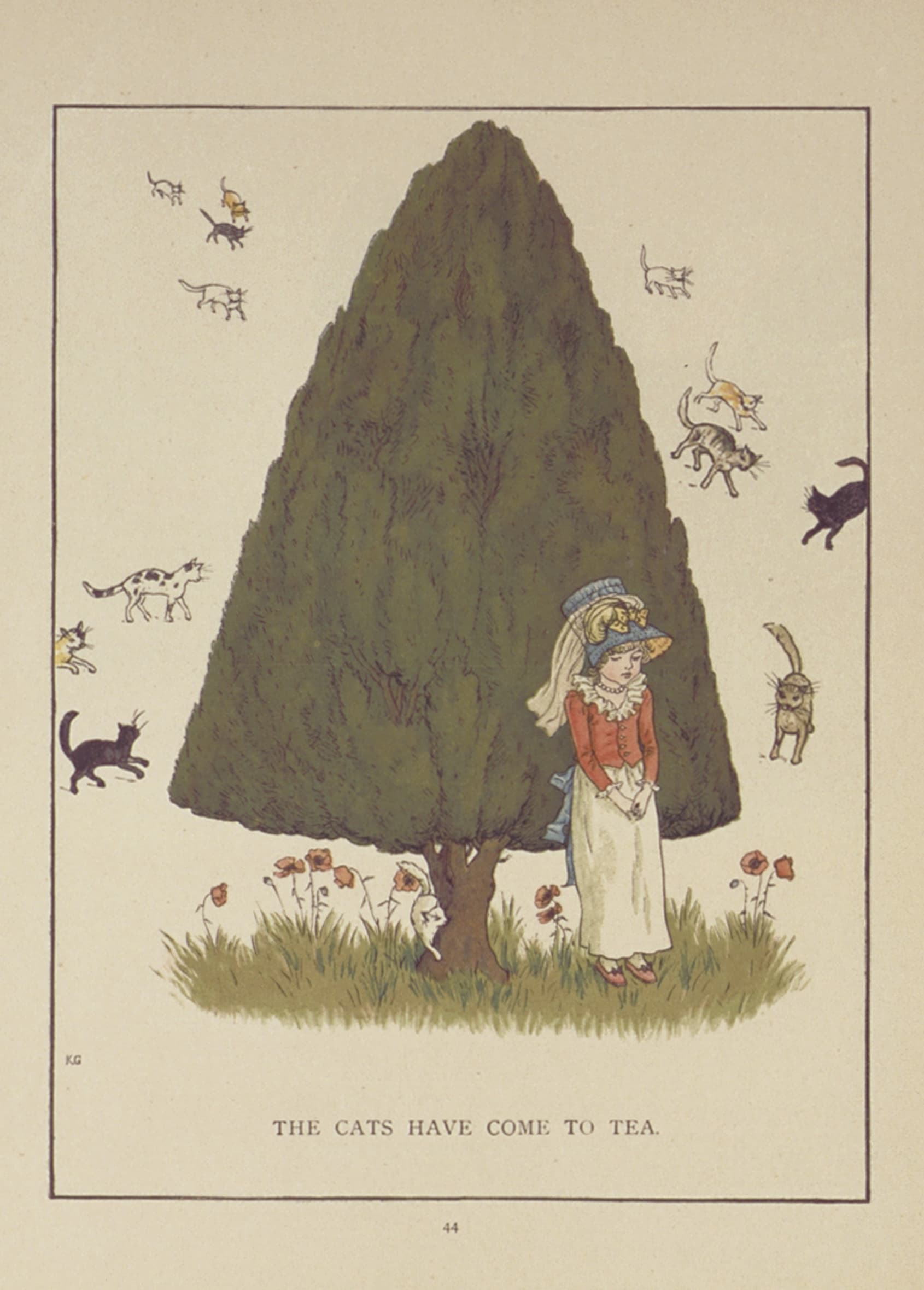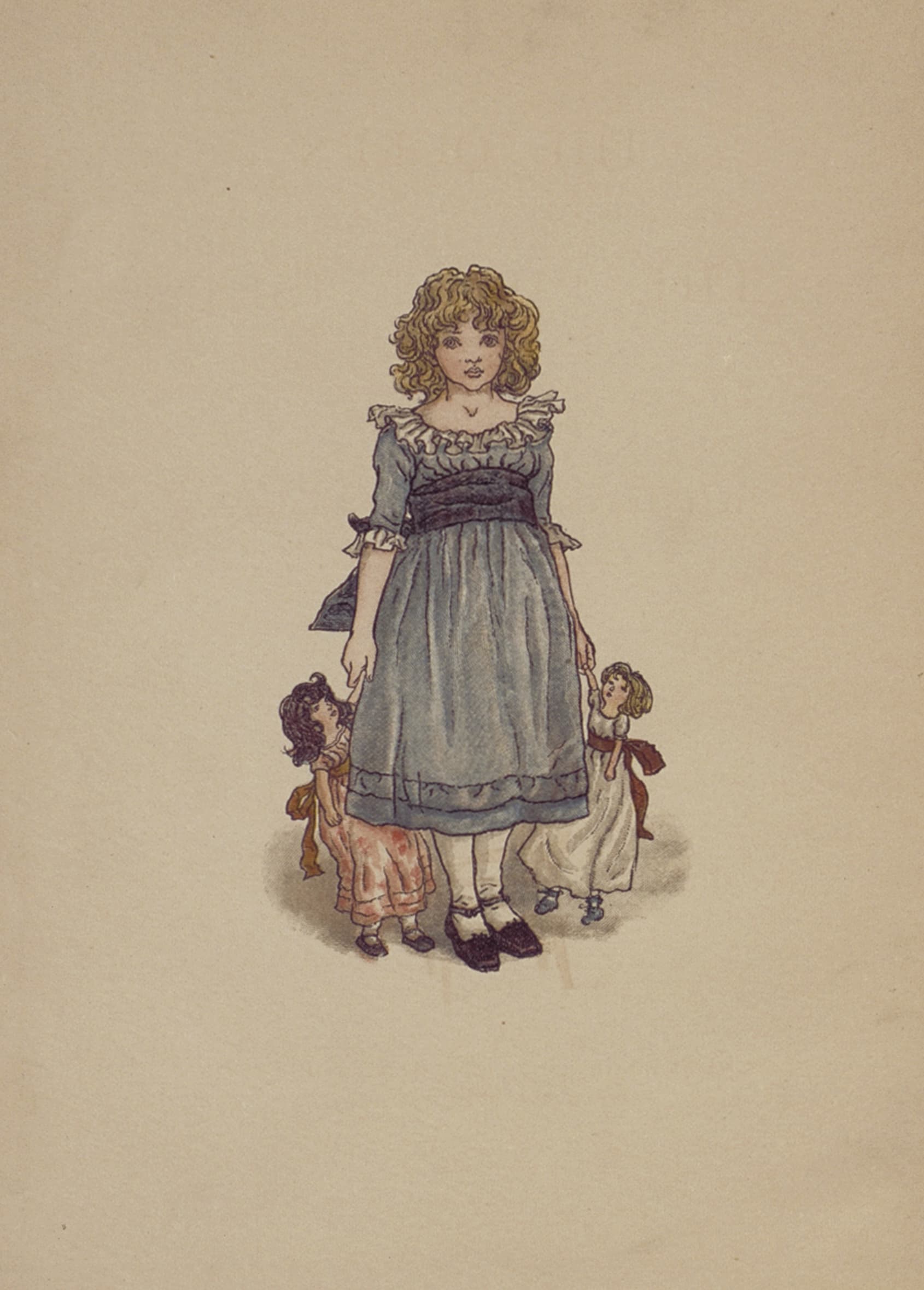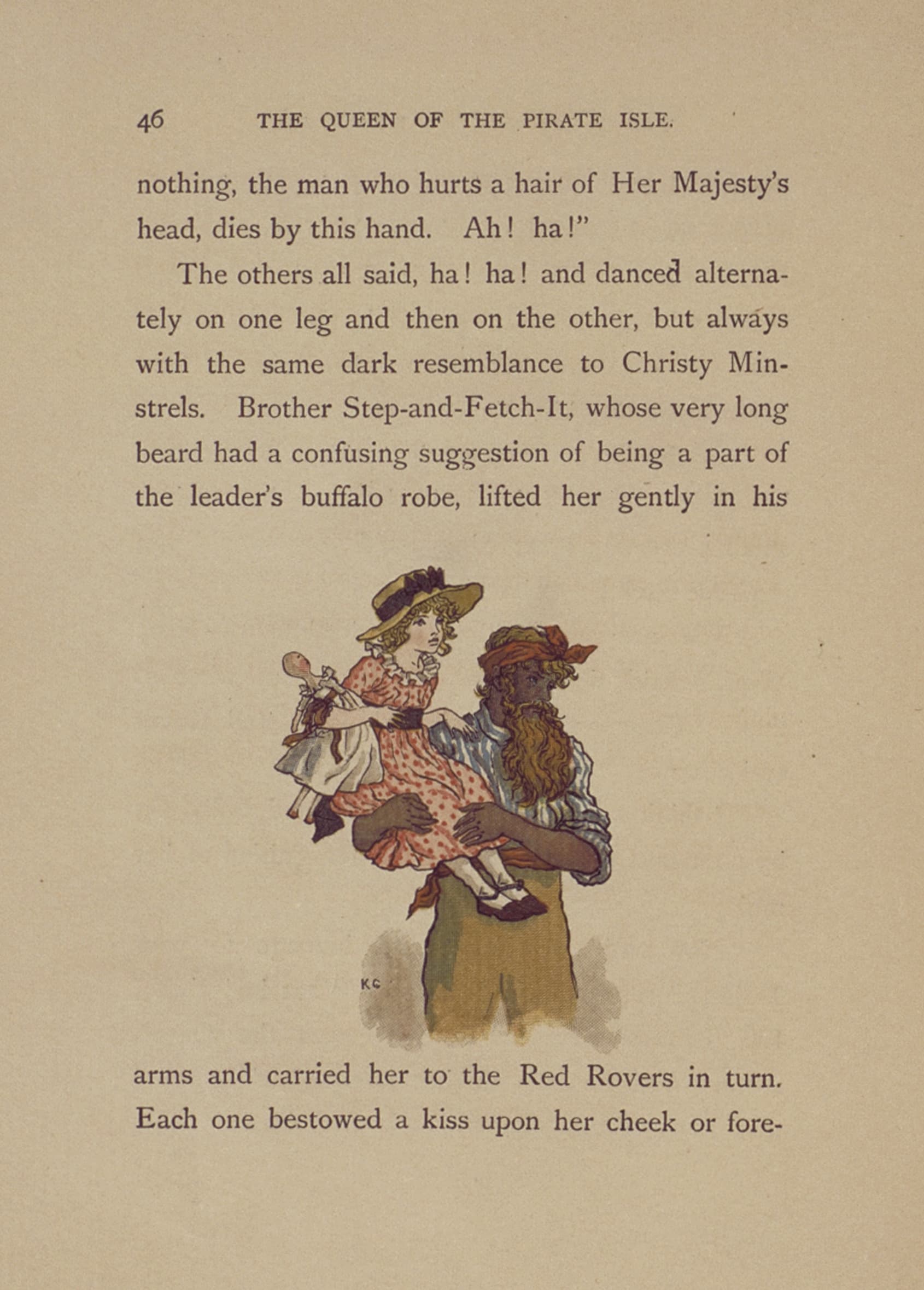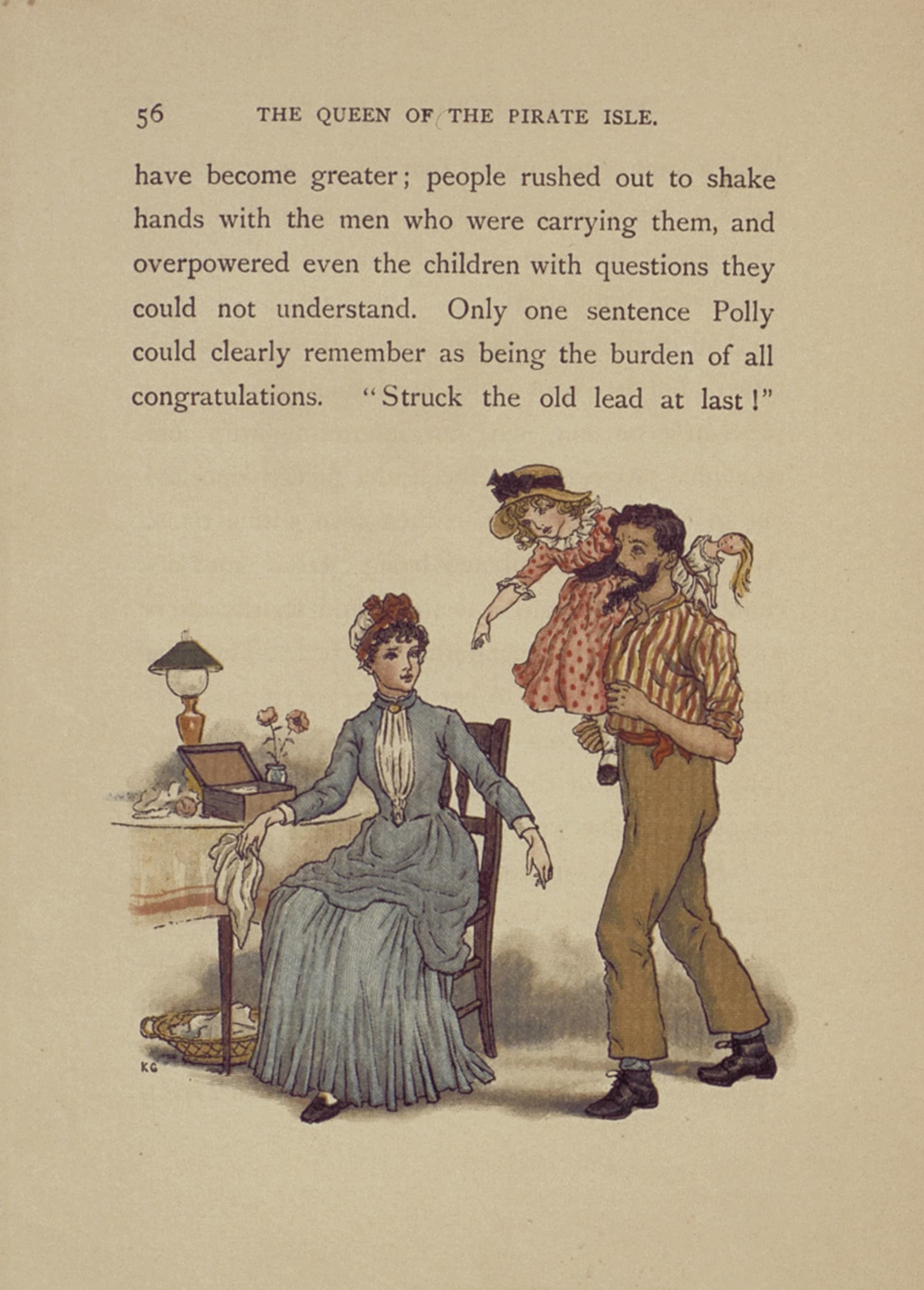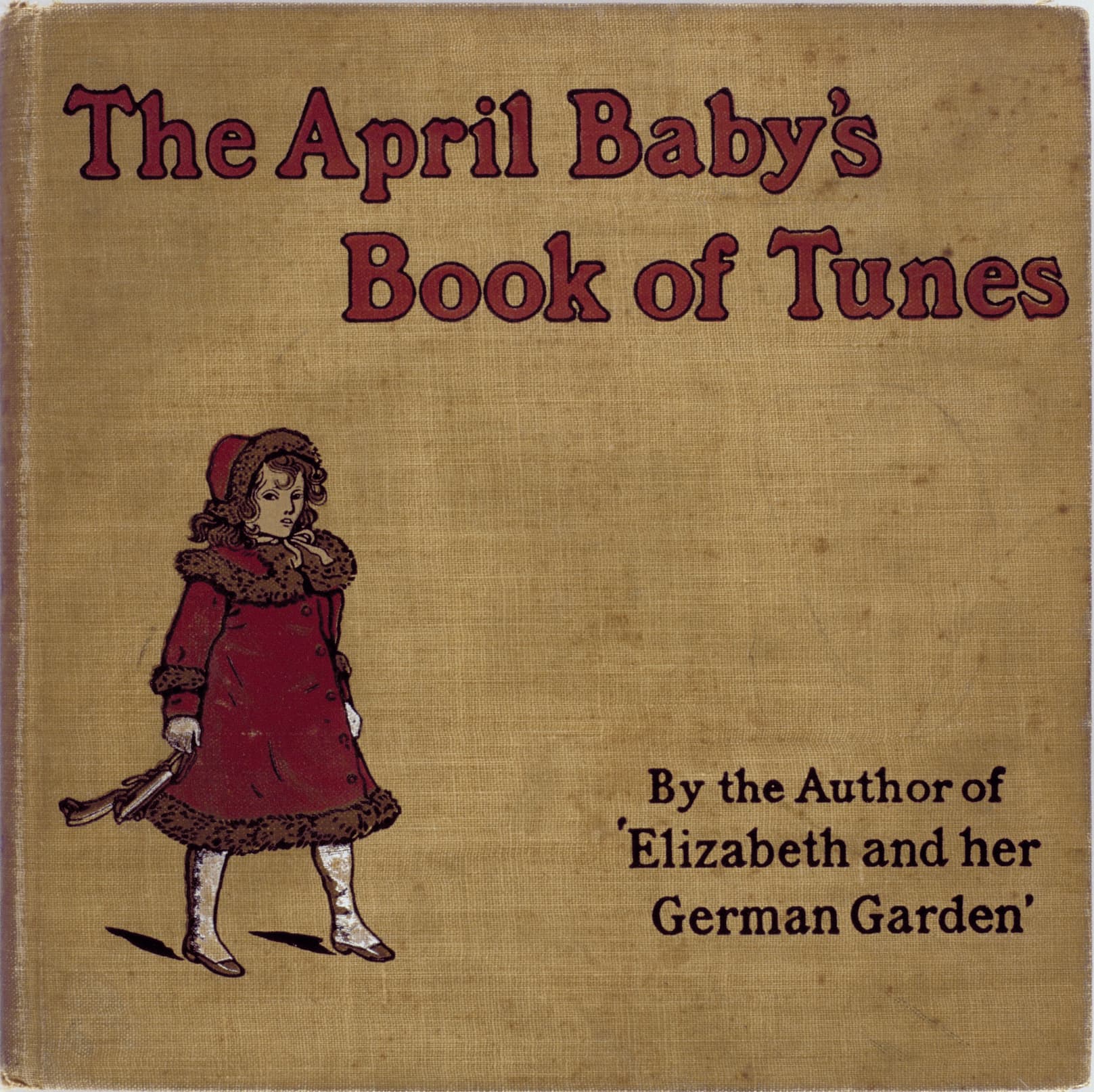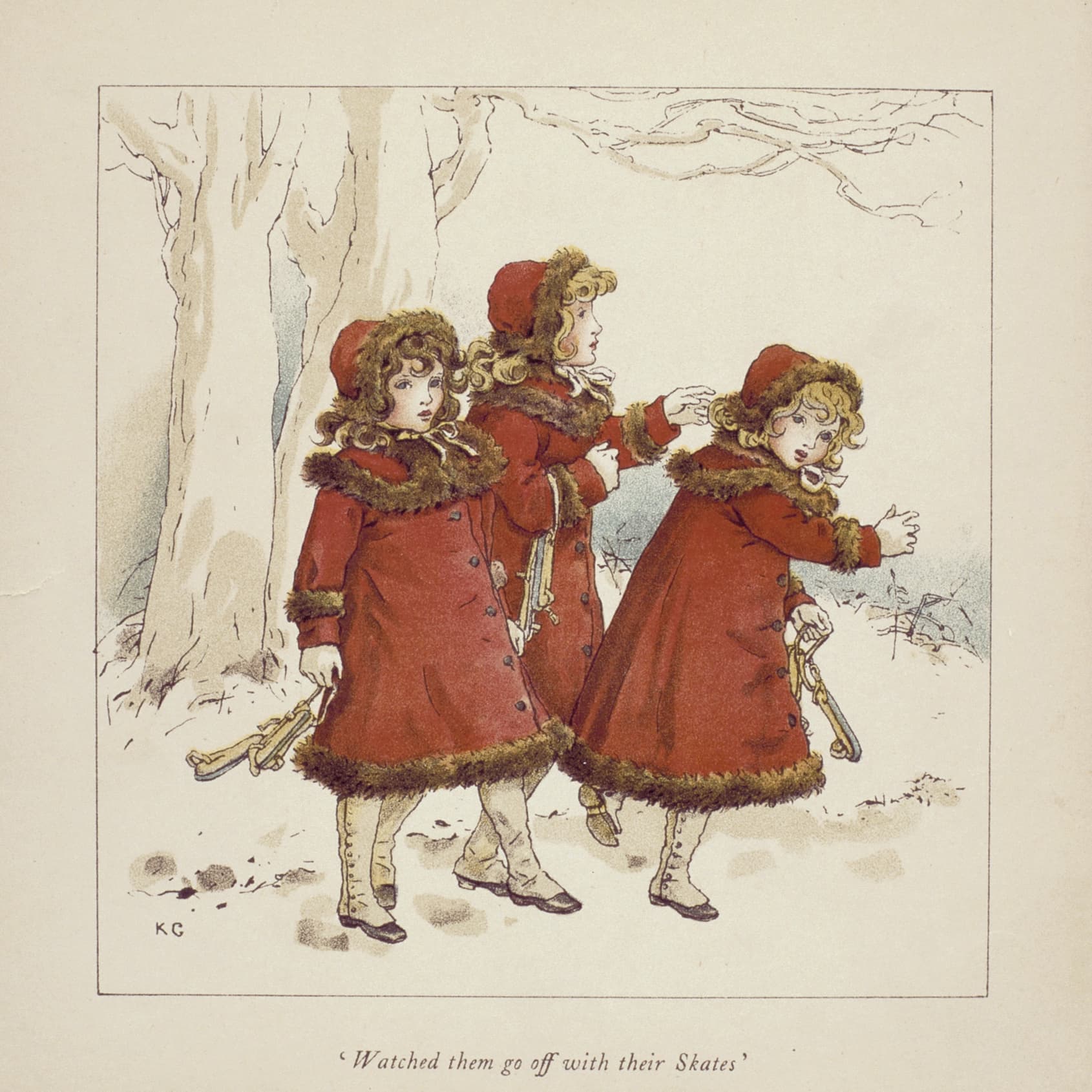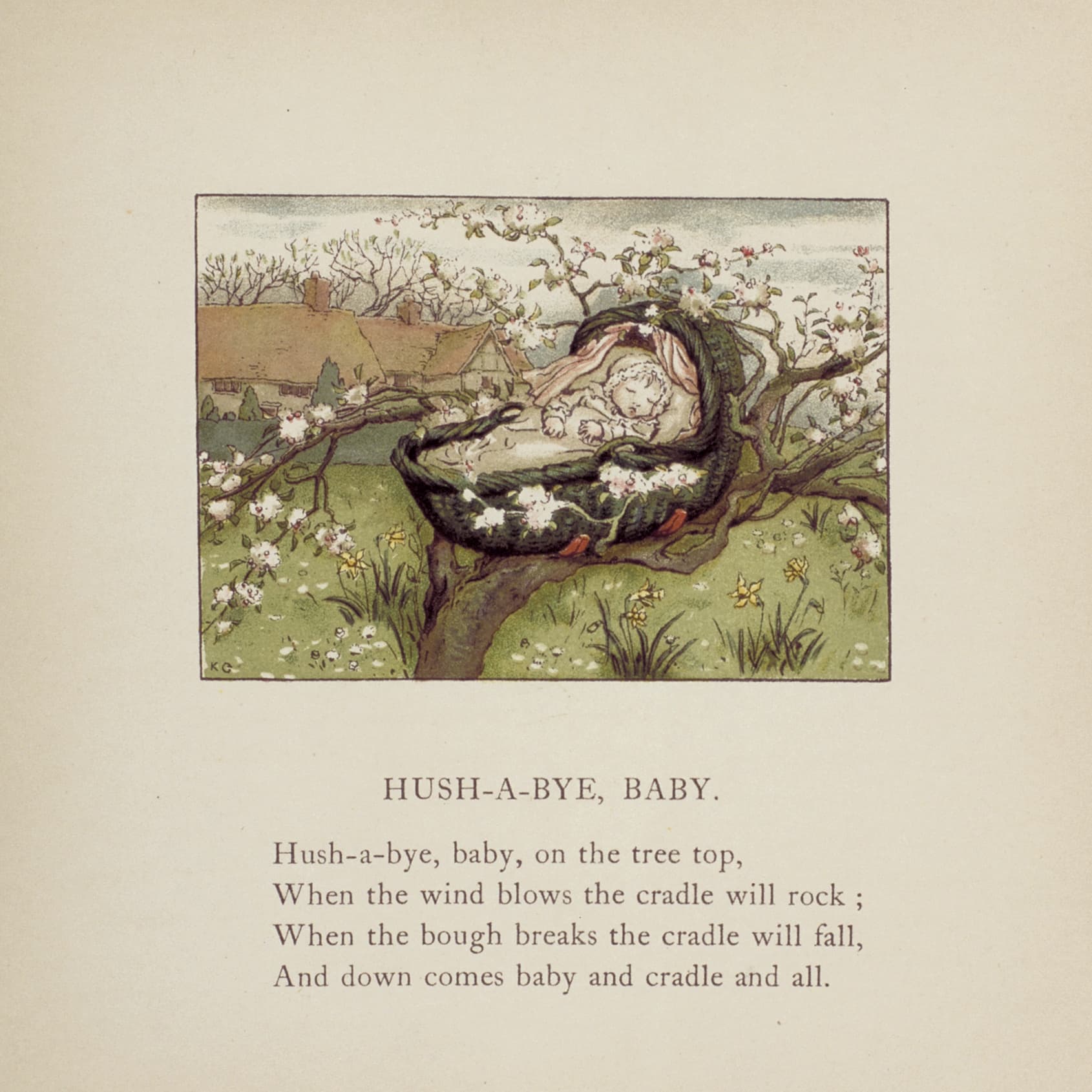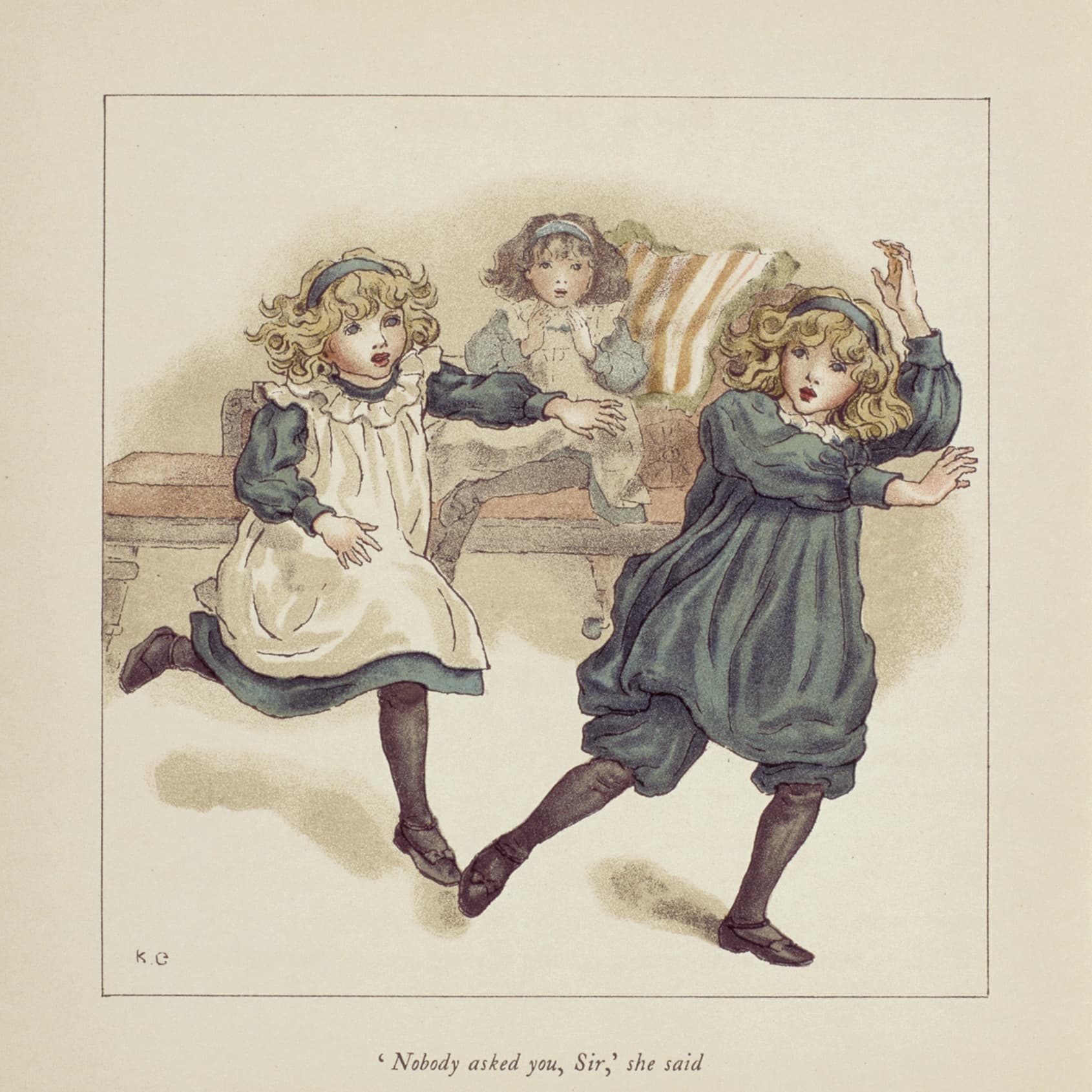本文
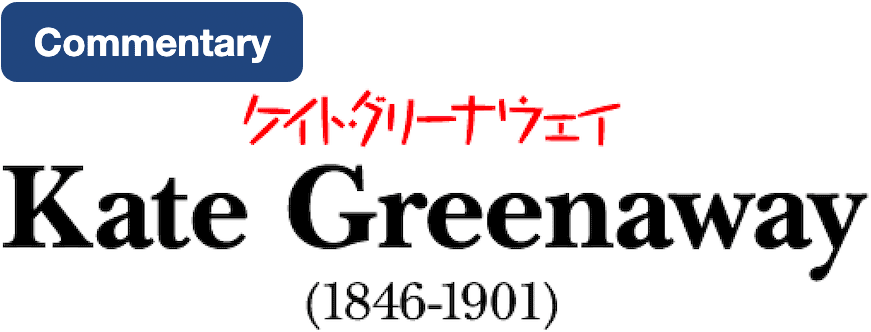
1) Kate Greenaway (1846-1901)
Kate Greenaway was born in London. Her father was a master wood engraver but his business did not flourish, and to improve the family’s finances, her mother started a shop selling women’s and children’s apparel. Because of family circumstances, Kate went with her mother and older sister to live with relatives in the country, and when her mother became ill, she was left in the care of friends. She was an imaginative, fanciful child, who loved being read to by her parents: among her favorites were “Sleeping Beauty,” “Cinderella,” “Beauty and the Beast,” and other stories. While she observed with cool curiosity the affected women with their children who came into her mother’s shop, she became interested in watching the poor children and crippled people she saw in the street. When her mother was busy, Kate would join her grandmother for tea and listened to the “scary stories” her grandmother told. She also loved the exciting tales like “Bluebeard” her father would read to her. Gradually she began to sense the grain of truth that these stories held. The Sepoy Rebellion in India broke out when she was about eleven, creating an enormous stir in England. When Kate got hold of an Illustrated London News containing “sensational news” of the “massacres carried out in the Indian mutiny,” she read it voraciously. She was an introverted child at this period in her youth and psychologically fragile. It was at this time that she began to understand the very large gap between the romantic world of her own imagination and the reality of suffering, violence, and fear.
In 1859, at the age of thirteen, she entered the Finsbury School of Art where she studied for six years, then until 1873 when she became an independent artist, she studied at the women’s division of the National Art Training School in South Kensington, Heatherley’s School of Art, and the Slade School of Art. Her training at these schools gave her direct experience of both the strict realist approach to art education and the new ideas that attempted to improve on the traditional approach by emphasizing freedom of individual expression. In that period she worked as an illustrator for magazines and others, and actively participated in the Dudley and Royal Academy exhibitions.
After she became independent and achieved enormous success for her card illustrations, Kate developed a desire to be more than the illustrator of books with her own drawings and poems; she wanted to publish as an author. In a small notebook she sketched figures of children created from memories of her childhood, and she wrote recollections of Rolleston, where she had lived as a child, together with songs and poems from that time in her life. A tone of melancholy ran through the pages, but in 1877 Edmund Evans, a friend of her father, saw the work and was convinced that it had great promise. Routledge, the publisher, was reluctant, finding the poems too childish, and publication was delayed for a year. It finally came out in 1879 with the title, Under the Window. The book won praise from George Eliot, and support from Frederick Locker, the “talented dilettante,” and it marked the starting point of a partnership with Evans and a lifelong friendship with John Ruskin. This small book captured the subtle anxieties and the poetic sensibility of ordinary people who lived in the midst of Victorian prosperity, and it met with success far beyond what could been predicted. It built the foundation for the creative activity of Kate Greenaway for the next twenty years.

